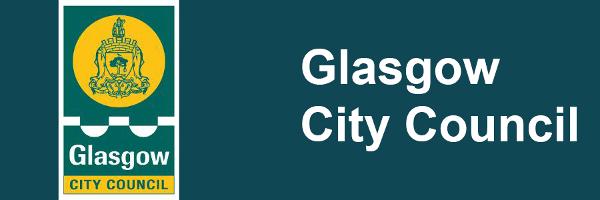Glasgow Recycling and Renewable Energy Centre (GRREC)
The GRREC is a state-of-the-art residual waste treatment facility at Polmadie which was designed and is operated in partnership between Glasgow City Council and Viridor (Glasgow) Ltd.
The facility became fully operational on 28th January 2019.
You can read more about the facility on the project website.
What is the role of the GRREC?
The GRREC is a key component of the council's response to the climate emergency and designed to help drive Glasgow towards becoming a more sustainable City.
Historically, all residual waste (i.e. green bin waste which cannot be re-used or recycled) would have been landfilled. The environmental challenges associated with landfill are well-documented; in particular their impact on climate change through the release of greenhouse gases as biodegradable waste breaks down.
As the council moves away from landfill as the main way to manage residual waste, the GRREC provides a modern, sustainable, treatment solution which is aligned to the council's ambition of becoming a carbon neutral City.
Can the GRREC process all waste and recyclable material?
No.
The GRREC has been designed only to process general waste as part of the council's overall strategy to improve waste and recycling services in Glasgow.
However, the GRREC should be seen as a last resort to process material which cannot be captured for re-use or recycling.
It is critical that residents make full use of their recycling services in the first instance as this will lead to better recycling performance and help create a more sustainable City.
How does GRREC work?
The fundamentals of the GRREC feature proven, safe and reliable advanced technologies and follow a simple three-step resource management process.
Step 1: Smart-Materials Recycling Facility
Boosting recycling from residual waste is the first job of the facility and this happens in the state-of-the-art Smart Materials Recycling Facility (S-MRF). The S-MRF releases the waste resources from household waste, separating the waste to recover specified recyclable materials, such as metals.
Step 2: Anaerobic Digestion
Next, the facility tackles the food and organic waste, removing it from the waste stream for conversion into renewable energy through a process of anaerobic digestion. This process uses bacteria to break down the material and release a biogas which is then processed to generate electricity.
Step 3: Advanced Conversion Facility
Finally, diverting non-recyclable material from landfill, the advanced conversion facility generates renewable energy by heating the material to produce a synthetic gas which is then processed to generate electricity.
You can watch a video of the GRREC process below:




